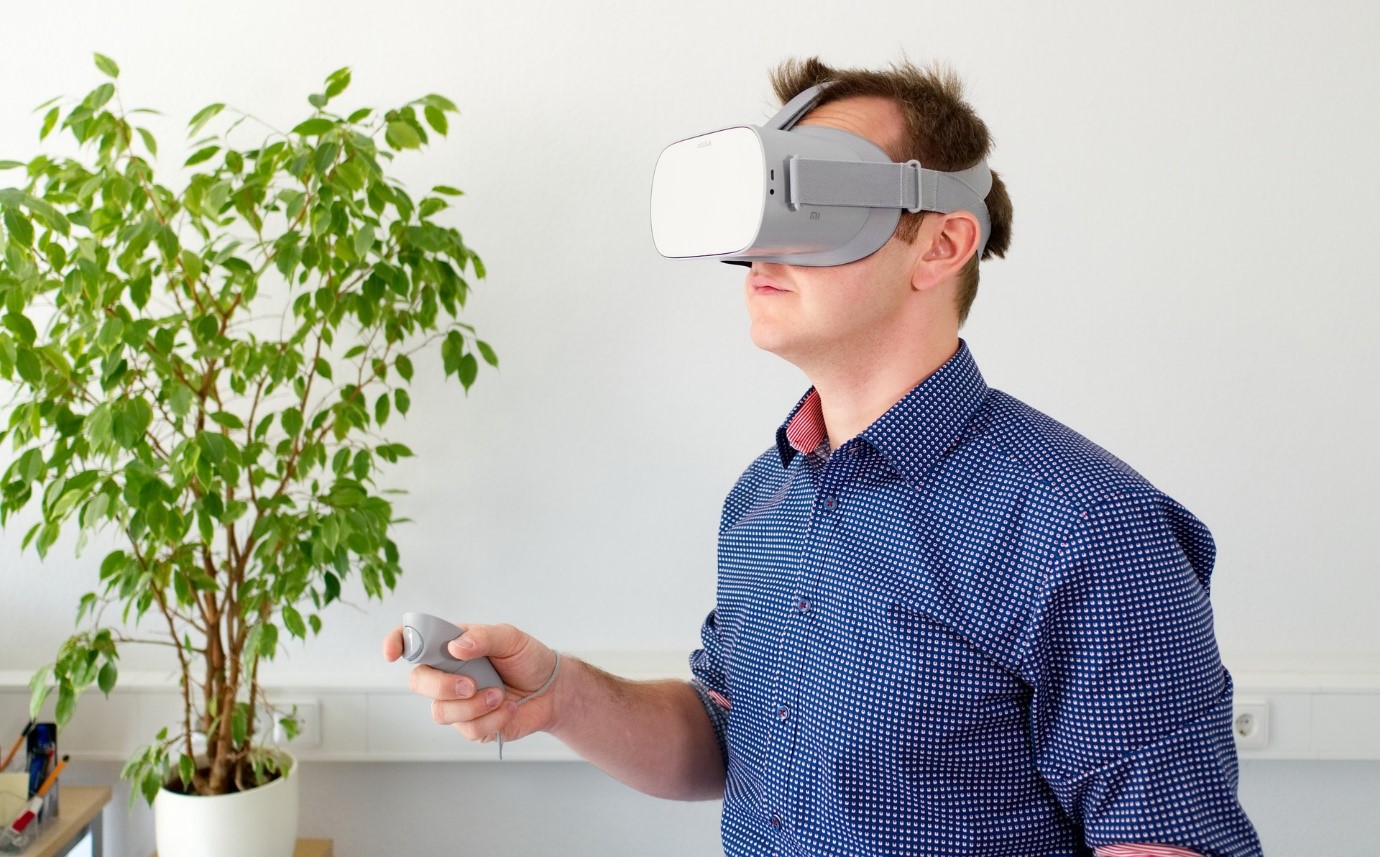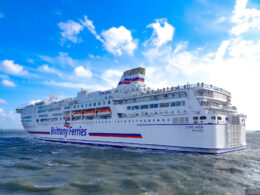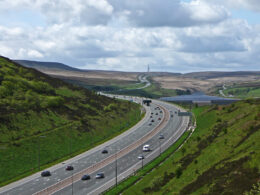Ben Bennett, Managing Director at mixed-reality content creators Luminous Group, tells us how immersive technology is used in supply chains and how it can save your company time and money.
Mixed reality (XR) is being used to revolutionise many areas of the supply chain as it can be more cost effective, efficient, and accurate than non-immersive technology. The market value of XR technology is predicted to reach around £354.3 million in 2020 (Statista), so it’s definitely worth investing in. Here are just some of the ways XR is significantly changing the supply chain process, and how you can apply it to your business.
Planning, design, and production
The likelihood of failures and disasters causing disruption to the supply chain can be reduced by using XR in predictive modelling and maintenance, as you can prepare more thorough contingency plans through simulations of imagined events and conditions. In design, 3D interactive visualisations can allow product designers, architects, and engineers from different facilities to collaborate on concepts before spending any money on sourcing goods and services.
As for the manufacturing process, XR can be combined with computer vision technology on the production line to rapidly scan parts and detect faulty products. This can then be visualised through a XR headset by an operator, eliminating human error and increasing efficiency. Staff can use XR to run visual diagnostics that scan the faulty machinery or parts and then receive step-by-step, hands-free information on how to fix them, which reduces the cost of repairs and time spent on maintenance.
Warehousing and transport
Using XR is faster and more accurate than scanners when order picking, as staff can see the picking lists as an overlay as well as the most efficient routes through the warehouse. When the product is out for delivery, augmented reality can display navigational information onto the windshield in a way that is less distracting to the driver than a handheld device. Showing alternative routes can reduce the time spent on the road and information about what’s happening in the back of the vehicle: temperature issues, for example, can be seen and adjusted without having to pull over.
Training is safer and more immersive
Using XR with training software means that the learning is immersive, and the user can experience and react to realistic situations without risk. It’s also cost-effective and can be done remotely, which allows you to train more staff en masse rather than sending individual employees on courses. XR training in warehouses, which generally employ a lot of temporary and seasonal staff, saves time as they can receive the relevant information on the job.
These are just some of the ways that XR is being used in supply chain processes already — who knows what the future will hold?













